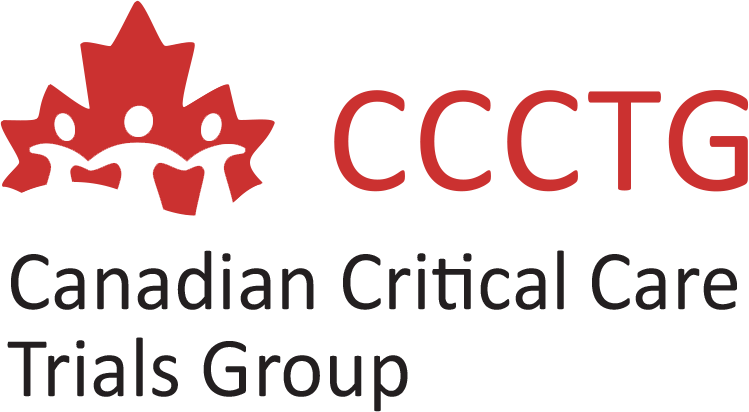Neurologic Physiology after Removal of Therapy study (NeuPaRT)
Teneille Gofton, Marat Slessarev, Maureen Meade, Sonny Dhanani
Background: Public and healthcare stakeholder trust is the cornerstone of deceased organ donation. Protection of donors from suffering during organ procurement is critical to maintaining this trust. In donation after brain death, this is done by confirming irreversible cessation of brain function using objective clinical tests. However, given that brain death is rare, donation after the circulatory determination of death (DCDD) has emerged as an important strategy for increasing donation opportunities. In contrast to donation after brain death, permanent cessation of brain function in DCDD is assumed—but not explicitly confirmed—to occur within 5 minutes of circulatory arrest. In the absence of empirical data, this uncertainty undermines trust in the DCDD process among stakeholders. The trust in the DCDD process is further threatened by emerging reports suggesting i) persistence of animal brain function beyond circulatory arrest, and ii) potential for its restoration hours post-mortem. In preparation for a definitive multicenter study to address uncertainty over brain function in DCDD, we propose a multicenter feasibility study.
Research question: In patients undergoing planned withdrawal of life support measures, when does brain activity stop relative to circulatory arrest? Hypothesis: Brain activity stops within the 5 minutes following circulatory arrest . Design: Prospective observational multicentre feasibility study. Population: Adults undergoing planned withdrawal of life support measures in intensive care units. Consent model: Prospective informed consent. Measurements: Cortical electrical activity using scalp electroencephalography, cerebral blood flow using transcranial doppler, and arterial pulse pressure using standard clinical monitors. Recording spanning 30 min prior to withdrawal of life support measures until 30 min following circulatory arrest. Feasibility outcomes: Patient accrual (>70% of eligible patients); availability of technicians and equipment; data completeness and adequacy to estimate when cortical activity and cerebral blood flow stop; acceptability of study procedures to healthcare providers. Sample size: 80 patients over 3 years. Analysis: To inform the sample size for a definitive study, we will compute the proportions of eligible patients, and estimate the variance in the temporal relationship between cessation of brain activity and circulatory arrest.
Expertise/pilot studies: Inter-disciplinary team with expertise in donation, neurocritical care, neuroscience, bioethics, law, policy, biostatistics, clinical research methods and a donor-family partner. This study builds on our recent international study demonstrating brief spontaneous resumption of circulation following circulatory arrest (N Engl J Med 2021) and a single centre pilotstudy using the methods proposed herein (submitted for publication).
Significance: Public and healthcare provider trust in the DCDD process is a key foundation for a high performing Canadian donation system. Mistrust in the process may reduce referrals and donor consent thereby limiting donation opportunities. By establishing when brain activity stops relative to circulatory arrest, this program of research will inform best practices in DCDD and safeguard donors. This work will protect donors from harm and promote trust in DCDD donation and may improve consent rates and the number of organs available for transplant.
Tracey Bentall, Eileen Campbell
Calgary Foothills, CHUM, Ottawa, Kingston, LHSC-Victoria Hospital, LHSC- University Hospital
